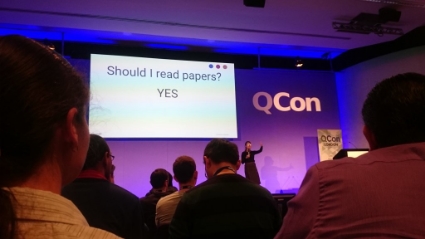Ukraine Emerges as Bogus Routing Source

Last fall, the Interior Minister of Ukraine announced the creation of a national Cyberpolice (Кіберполіцію) to protect the country from everything from credit card fraud to malware. Here’s something that would be great to add to their list: fraudulent BGP routing out of Ukraine. Last year, we reported on an incident in which Ukrainian ISP Vega hijacked routes from British Telecom (including that of the UK’s Atomic Weapons Establishment), an event that could perhaps be chalked up to an innocent mistake. However, the fraudulent routing we’re now seeing from Ukraine is deliberately designed to go unnoticed. We’ll review some of this new behavior in this blog.
Governments take note
| The profile of this issue has grown in the past year as governments have had to respond to their address space being fraudulently used. Last July, the Dutch Minister of Foreign Affairs (pictured right) was confronted with parliamentary questions concerning an incident where “attackers” had commandeered IP address space belonging to the Ministry of Foreign Affairs the previous year. In that incident, on 18 November 2014, Decision Marketing (AS62228) out of Sofia, Bulgaria began globally announcing eleven BGP routes that did not belong to Continue reading |


 Will open source solutions ever be as robust as commercial solutions? Huawei's Ayush Sharma elaborates in this featured interview with SDxCentral.
Will open source solutions ever be as robust as commercial solutions? Huawei's Ayush Sharma elaborates in this featured interview with SDxCentral.